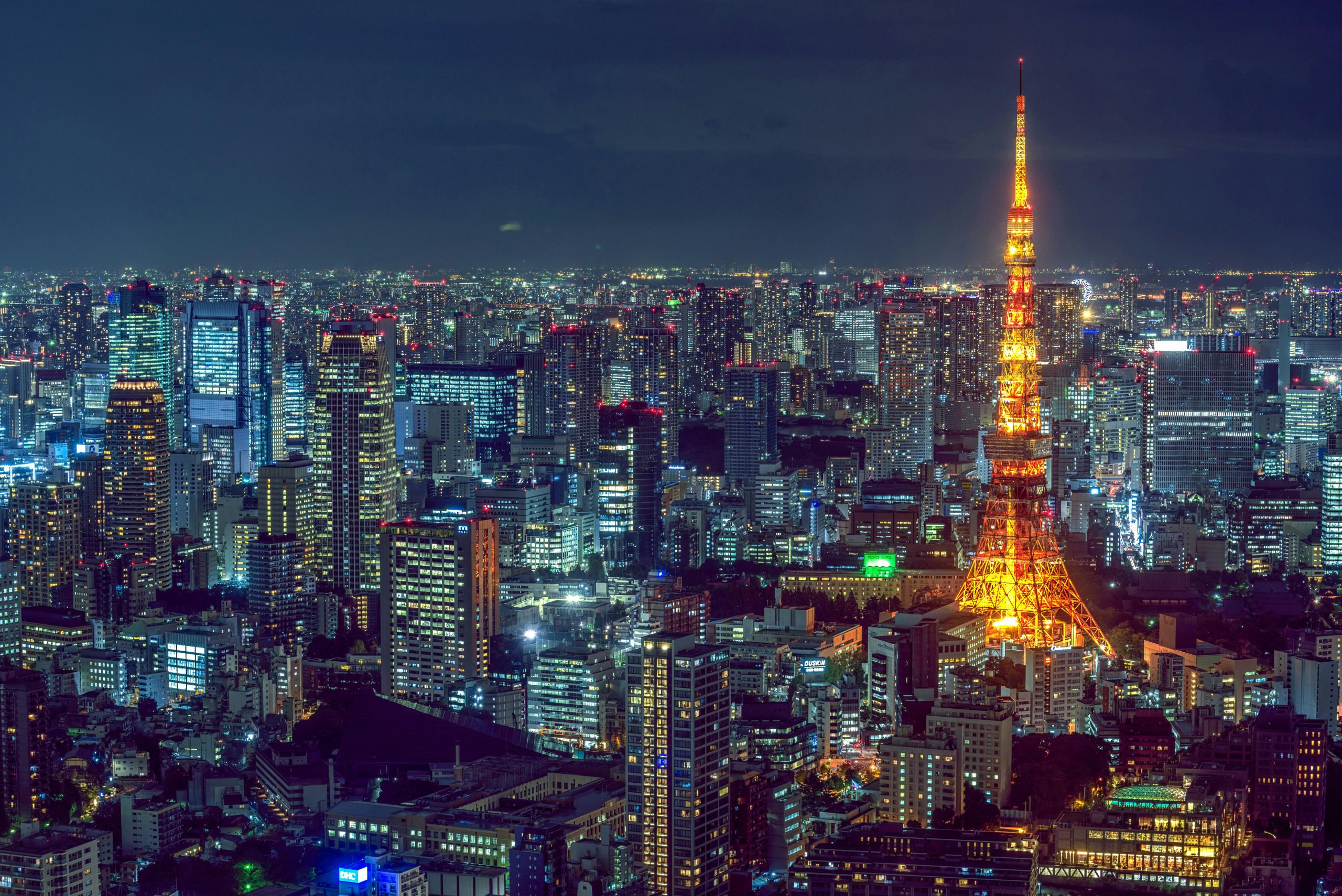
The end of the year and New Year’s Eve are a time to pray for good health and happiness in the new year and to prepare for the new year.
In Japan, there is a traditional way to spend New Year’s Eve. However, the way New Year’s Eve is spent varies by region and family within Japan. You will be able to experience different attractions depending on where you stay.
In this article, we will introduce how Japan spends the end of the year and New Year’s Eve, and the differences in events depending on the region.
■How to spend the end of the year in Japan
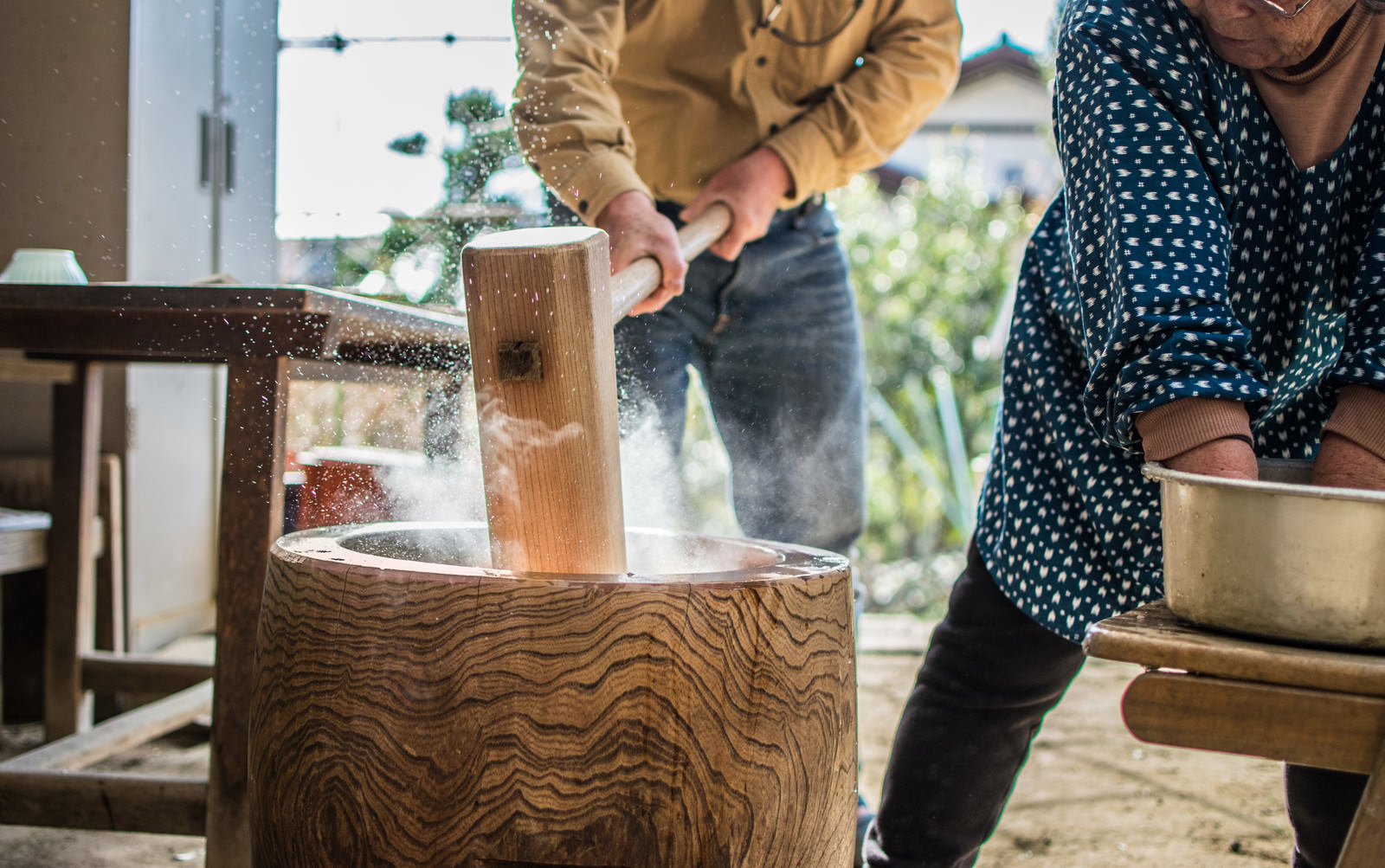
In Japan, it is common to spend the year-end by pounding rice cakes and cleaning to prepare for the arrival of the gods and to clean up the dirt that has accumulated over the past year and remove any misfortune along with the dirt. We will explain in detail why we do mochi pounding and spring cleaning at the end of the year.
make mochi pounding
Mochi pounding is a unique Japanese culture. Mochitsuki at the end of the year is an important event where “Kagami-mochi” is made to be offered to the “Toshigami”.
The rice cakes that arrive at the end of the year are offered to the gods in gratitude for a bountiful rice harvest and prayers for happiness. The rice cakes offered are held in an event called “Kagami-biraki” around January 11 of the new year, and are eaten by the whole family to pray for good health.
Mochitsuki is usually held on December 28th or December 30th. In particular, the 28th is considered to be auspicious as it is the end of the month (8).
On the other hand, the days you should avoid pounding mochi are December 29th and December 31st. The 29th is considered to be unlucky because it is associated with the 9th day of suffering (9). New Year’s Eve, which falls on December 31st, is not held because it is believed that “Japanese funerals are bad luck, just like a night of decorations,” and “It is rude to rush to prepare to welcome the New Year’s God.”
However, depending on the region and way of thinking, the 29th is considered “fuku” and some people hold mochi pounding on this day.
Do some deep cleaning to get rid of bad luck and prepare for the new year
Year-end cleaning is not just to clean and make things beautiful, but to prepare for the arrival of the new year. It is said to have originated from an imperial court event called “Susuwari”.
Before entering the new year, clean your home and workplace and welcome the New Year in a clean state.
In the old days, Susuwari was held from December 13th, which was considered an auspicious day. Even now in Japan, it is common to start cleaning on December 13th and finish by December 28th.
Avoid cleaning on December 29th, New Year’s Eve, and January 1st. The 29th is said to be a “double pain” or “double pain,” and New Year’s Eve is said to be a “one-night decoration,” as they are considered to be bad luck. It is said that on January 1st, the gods who have come to visit are “swept out” and good luck escapes.
■How to spend New Year’s Eve in Japan
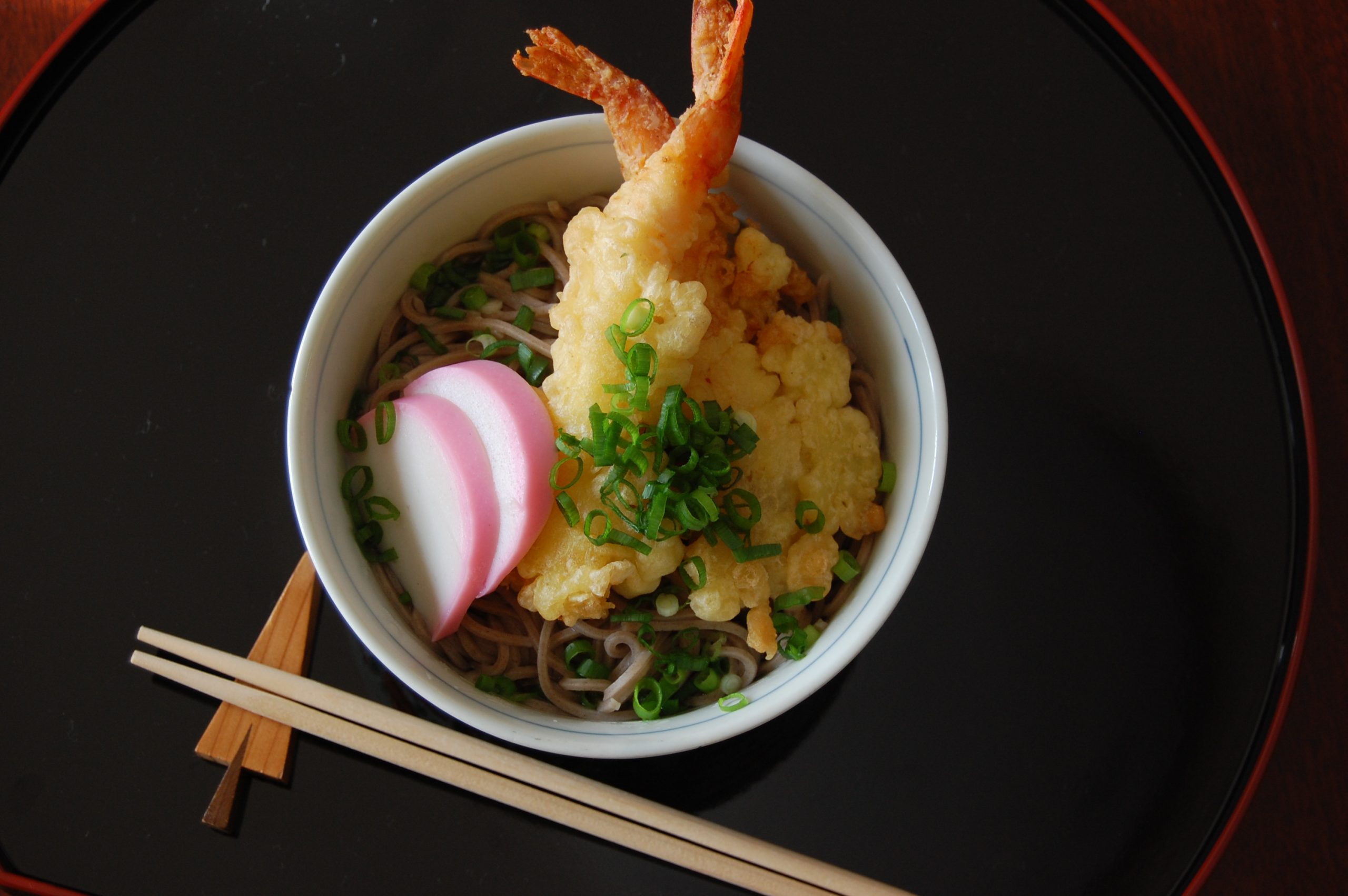
In Japan, December 31st is called “Omisoka”. New Year’s Eve originates from the fact that in old calendars, the last day of each month was called “Misoka.”
December 31st is called New Year’s Eve because it is the last day of the last month of the year. I will introduce how to spend New Year’s Eve in Japan.
Hear the New Year’s Eve Bell
In Japan, there is a custom of welcoming the new year by listening to the New Year’s bell on New Year’s Eve. “Joya” refers to the night of New Year’s Eve, and although it depends on the temple, it is customary to ring the bell “108 times” from the night of New Year’s Eve to around midnight at the beginning of the new year, representing the number of human desires.
At some temples, even the general public can ring the New Year’s bell, so it’s a great way to spend a traditional time. You will be able to erase the worldly desires of the past year and welcome the new year with a pure feeling.
The Joya no Kane experience may require a numbered ticket or lottery, so please check in advance.
eat toshikoshi soba
Eating Toshikoshi Soba on New Year’s Eve is a widely popular way to spend New Year’s Eve in Japan. Toshikoshi soba has meanings such as “prolonging life and longevity” and “increasing financial luck.”
Also, since the soba noodles are easy to cut into thin pieces, it also has the meaning of “cutting off misfortune.” It is customary to eat Toshikoshi soba on the night of New Year’s Eve, and eat all the noodles before the date changes.
Although it varies by region and family, it is generally eaten for dinner or a late-night snack.
Wash away the troubles of the past year in the hot water
The bath you take on the night of New Year’s Eve is called “Nenyu”. It is an event to wash away the dirt, misfortune, and impurity of the past year and welcome the new year in a clean state. Spend your New Year’s Eve night soaking in a hot tub.
However, it is said that if you take a bath on New Year’s Day, you will also lose good fortune, so be careful not to spend the New Year bathing in the New Year’s bath.
Looking back at the events of the year
On New Year’s Eve, we reflect on the events of the past year and prepare to welcome the new year with a new mindset.
By looking back on the past year and sorting out your feelings, you can make the new year even better. Spend your time in a relaxed mood while talking with your family and friends.
It’s also a good idea to set goals and plans for the new year.
countdown event
Countdown events are held all over Japan on New Year’s Eve. Events such as New Year’s Eve concerts and countdown fireworks are held here, making it a popular way to spend time, especially among couples and the younger generation.
In countdown fireworks, fireworks are set off the moment the new year arrives, and a large number of people are there to celebrate the new year in style. New Year’s Eve live performances to celebrate the New Year with your favorite artists and music are also popular. However, it may be difficult to get tickets for live performances by popular artists, so be sure to check early.
An event to welcome the New Year with a large number of people is recommended for those who want to have fun with everyone and celebrate the New Year in a big way.
Clean up and prepare to welcome God
The last sweeping of the year, done on New Year’s Eve, is called “Sweeping”. To finish off your year-end cleaning, do a light sweep. By doing this on New Year’s Eve, you can welcome the new year in a beautiful state.
However, if you clean during the New Year, you will be driving away the gods who came to visit you, so be sure to finish cleaning before the end of the year.
■By region! Introducing the culture and customs of New Year’s Eve
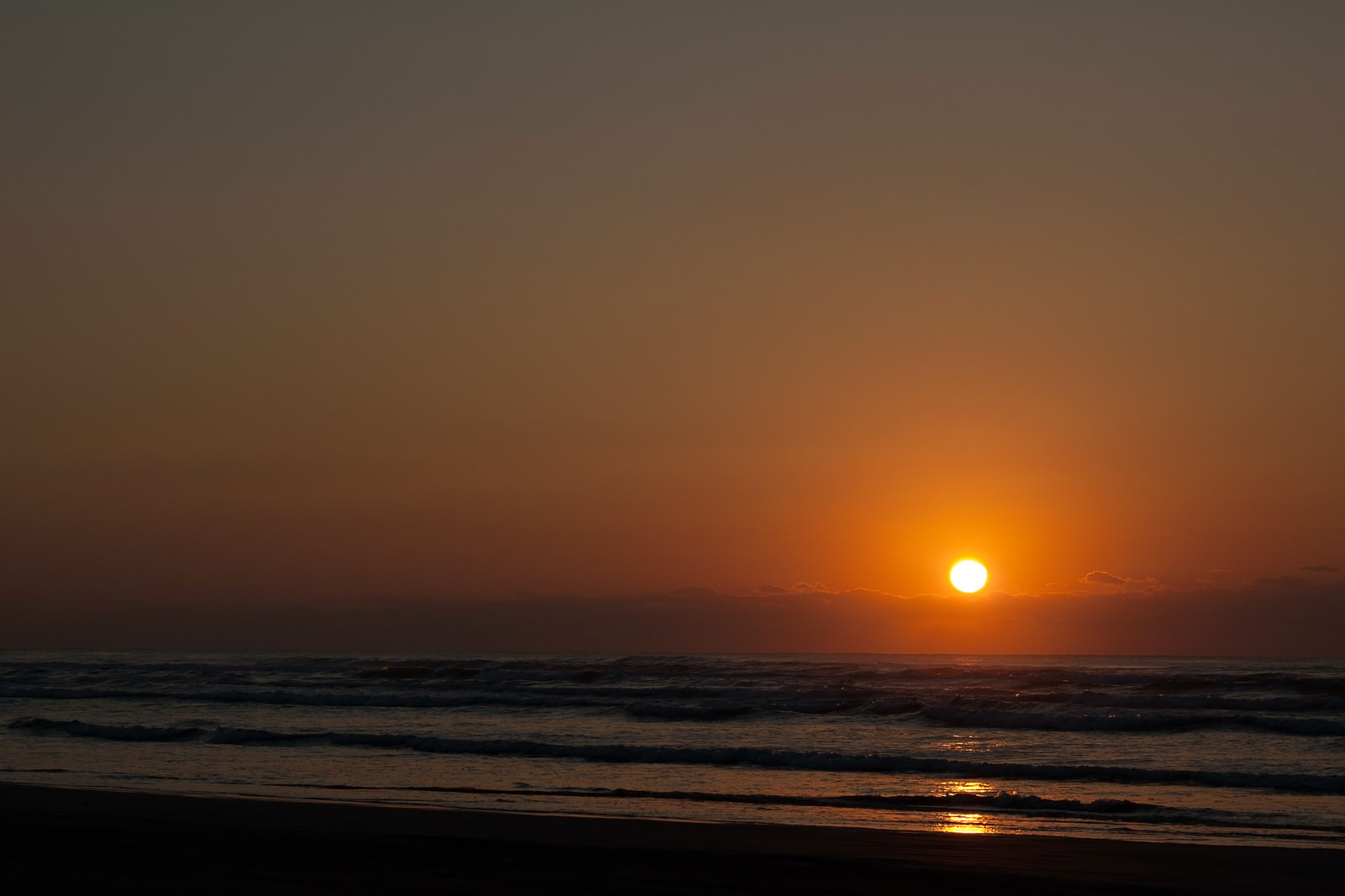
How New Year’s Eve is spent in Japan differs depending on the region.
Let’s not only learn about the typical Japanese way of spending New Year’s Eve, but also experience the unique culture and customs of the region where you are staying.
In Hokkaido and some Tohoku regions, osechi is eaten on New Year’s Eve.
In Japan, osechi is generally eaten on New Year’s Day, but in Hokkaido and some Tohoku regions, there is a custom of eating osechi on New Year’s Eve. This is called “Toshitori-zen,” and items called “kuchitori sweets” such as rakugan and fresh sweets are lined up together.
In the past, it was believed that the day began at sunset, and it was common to eat osechi on New Year’s Eve. It is said that the customs from that time remain in some areas such as Hokkaido and Tohoku.
Akita Namahage
Namahage is a traditional event held in Oga, Akita Prefecture, which was registered as a UNESCO Intangible Cultural Heritage in 2018.
On the night of New Year’s Eve, demon-like Namahage parade around each home and say, “No to lazy people, but no to crying children.” Namahage is considered to be a messenger of the gods, and is a blessing that wards off misfortune and evil, and brings good harvests and bountiful catches.
Oga City is home to the Namahage Museum, where you can enjoy exhibits of Namahage masks that were actually used throughout Oga City, as well as a corner where you can transform into a Namahage using a special app.
<Namahagekan>

(Information source: Namahagekan )
Toshidon in Kagoshima
Toshidon is a traditional event handed down in the village of Shimokoshikijima, Kagoshima, and was registered as a UNESCO Intangible Cultural Heritage in 2009.
On the night of New Year’s Eve, Toshidon, the god of blessings, visits the homes of children, praising and admonishing them for their daily deeds, and finally gives them a large rice cake called “Toshimochi” before leaving. It is said that if you eat the New Year’s cake given to you by Toshidon, you will be able to grow safely.
Kagawa New Year’s Eve Udon
In Kagawa and Akita, which are famous for udon, “Toshikoshi Udon” is popular instead of Toshikoshi Soba. Because udon is thick and long, it is considered an auspicious food for wishing for longevity, and is eaten not only at home but also at many udon restaurants.
There is also something called “New Year’s Udon” in Kagawa, which is eaten between January 1st and January 15th to wish for happiness in the coming year.
Okinawa is New Year’s Eve Okinawa Soba (Soki Soba)
In Okinawa, Okinawa soba (soki soba) is eaten as New Year’s Eve soba instead of Japanese soba.
This is probably because there were not many opportunities to eat Japanese soba before Okinawa returned to Japan. Although Japanese soba is now eaten in Okinawa, the custom of eating Okinawa soba on New Year’s Eve seems to be deeply rooted.
■Summary of how to spend the year-end/New Year’s Eve
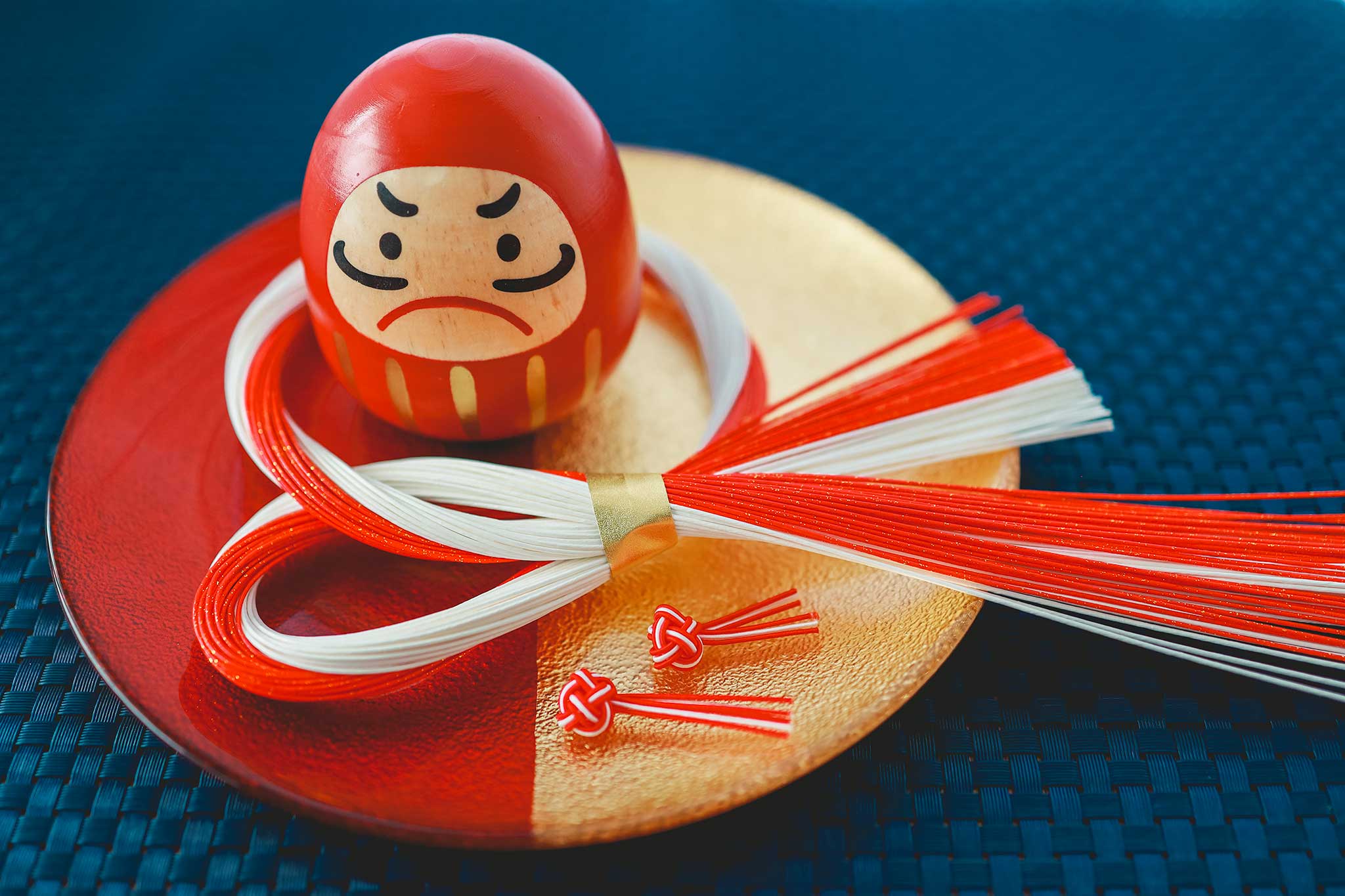
At the end of the year and New Year’s Eve in Japan, preparations are made to welcome the god of the year.
Toshikoshi soba and New Year’s bell are ways that many Japanese people spend New Year’s Eve. It used to be common to spend New Year’s Eve relaxing with family, reflecting on the past year, but an increasing number of people, including friends and couples, are celebrating the new year in style with countdown events.
When you spend the year-end/New Year’s Eve in Japan, be sure to experience the unique ways of spending time in Japan and the unique culture of the region.
Q&A
Q.Is it bad to prepare for the new year on the 29th or 31st?
A.It is generally said that preparing for the New Year on the 29th or 31st is bad luck and bad luck.
The reason for this is that the 29th day is the same as “9 days of suffering” or “double suffering” when read aloud. The 31st is called “One Night Decoration” and is avoided as it is considered unlucky, just like Japanese funerals, and it is considered impolite to hastily prepare to welcome the gods the day before.
Q.Why do you eat soba on New Year’s Eve?
A.Soba eaten on New Year’s Eve is called “Toshikoshi Soba” and is a common culture in Japan.
Toshikoshi soba has the meaning of “long life”, “increase in financial luck”, and “avoid misfortune”. It is customary to eat it all on New Year’s Eve before the new year ends. In some regions, udon is eaten instead of soba.

